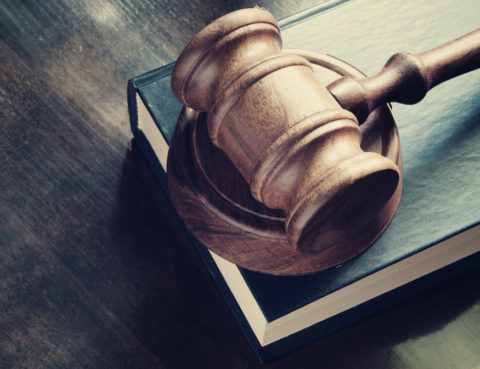- What is involved when litigating a business issue?
- What are some alternatives to litigation?
- What is the difference between mediation and arbitration?
- Is the result of mediation or arbitration binding?
- Can results from mediation or arbitration be appealed?
- What is a class-action lawsuit?
- Can business entities participate in a class action?
- What is the legal fee arrangement for a class action?
Class action lawsuits are brought by named plaintiffs, usually one or two, whose alleged injuries are the same as those of a large number of other parties. The plaintiffs do not have to be individuals; businesses may also be class plaintiffs. The purpose of a class action is to combine many similar causes of action. The cause of the common injury could be from any number of sources, such as from violations of federal regulations, product defects, securities fraud, or environmental issues. When multiple plaintiffs with similar claims are involved, litigating each case individually would be expensive and time consuming. A class action suit allows for a combined effort, potentially saving litigation costs and time spent in preparation for and in court.
In some instances, a business may want to avoid a complicated and expensive courtroom battle by using instead an alternative dispute resolution (ADR) method. ADR is a way to resolve legal issues without going to court. The two most frequently used forms of ADR, described below, are arbitration and mediation.
If your business is facing a legal battle, contact us to discuss using ADR as an alternative to a traditional lawsuit.
An appeal is an official request for a higher court to review a trial court decision based on alleged error of procedure or alleged error in application of the law. In civil cases, including business litigation, this may occur immediately following a decision on a motion or at the end of a trial. The ability to appeal and the timing of an appeal depends on the court rules and laws of the relevant jurisdiction. In the realm of business litigation, the appeals court scrutinizes the lower court decision to determine whether to uphold, reverse, or modify it…
The following are just some of the verdicts and settlements we have have successfully obtained for clients…
In the event your business becomes involved in litigation, knowledge of courtroom procedure is essential. Courtroom procedure can be complicated, and knowing what to expect can enable a business to prepare effectively. In addition, state and federal law govern procedural issues; depending on the jurisdiction and the specific court involved, there may be notable procedural differences.
If you are faced with litigation involving a business transaction or any aspect of your business, our lawyers can provide additional assistance and counsel regarding your jurisdiction, court, and possible legal options for your situation.
Litigation Procedure
There are many steps that a litigant must follow when pursuing a judicial resolution to an issue. The civil litigation process is relatively uniform and is controlled by federal or state court rules. The process itself involves a considerable volume of work, whether or not the case actually goes to trial. Required tasks include everything from filing an initial pleading such as a complaint, subsequent pleadings such as an answer or possibly counterclaims or third-party actions, to pursuing an appeal if the judgment is found to be unsatisfactory. The steps that are usually involved in litigation are:
- Filing of an initial pleading and response
- Motions (requests that a judge do something like allow specific evidence)
- Discovery including depositions and interrogatories
- Pretrial conferences to organize how the trial will proceed
- Trial
- Judgment
- Appeals
A business contemplating bringing or defending a lawsuit would be well served by consulting with a seasoned trial attorney like the trial lawyers of Stolpman, Krissman, Elber & Silver, LLP, to better understand all of the legal options.





